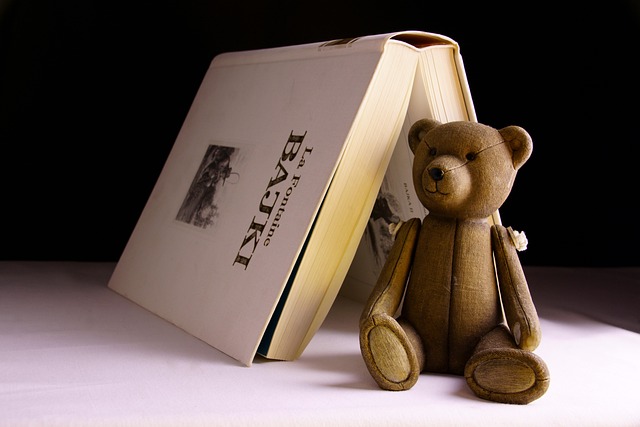Article Title:Thomas More and the master tropes: The deep structure of A 'Dialogue concerning heresies' and Giambattista Vico
Abstract:
More's Dialogue concerning Heresies (1529) has furnished many of his contemporary critics with evidence of his manipulative rhetoric and his rigid orthodoxy. A careful reading of the work, however, reveals its structure to depend upon the four master tropes: metaphor, metonymy, synecdoche, and irony, arranged in a dialectic that Giambattista Vico called the poetic logic. Hayden White found this same poetic logic underlying the structure of Michel Foucault's account of the history of discourse. Vico and Foucault were writing at the end of the dialectic age, in the age of irony. More, on the other hand, was writing at the end of the metonymic stage, when a coherent sensus communis begins to collapse into plurality of competing world views. Viewed against the background of the poetic logic, A Dialogue Concerning Heresies was not merely a defense of religious orthodoxy, but a desperate attempt to maintain a coherent, religiously-based sensus communis, one that underwrote the intelligibility of language and law, against what More perceived as a tide of relativism and solipsism.
Keywords: sensus communis; English Reformation; Tyndale; Luther; (act of ) faith
DOI: 10.3366/more.2001.38.3-4.3
Source:MOREANA
Welcome to correct the error, please contact email: humanisticspider@gmail.com



